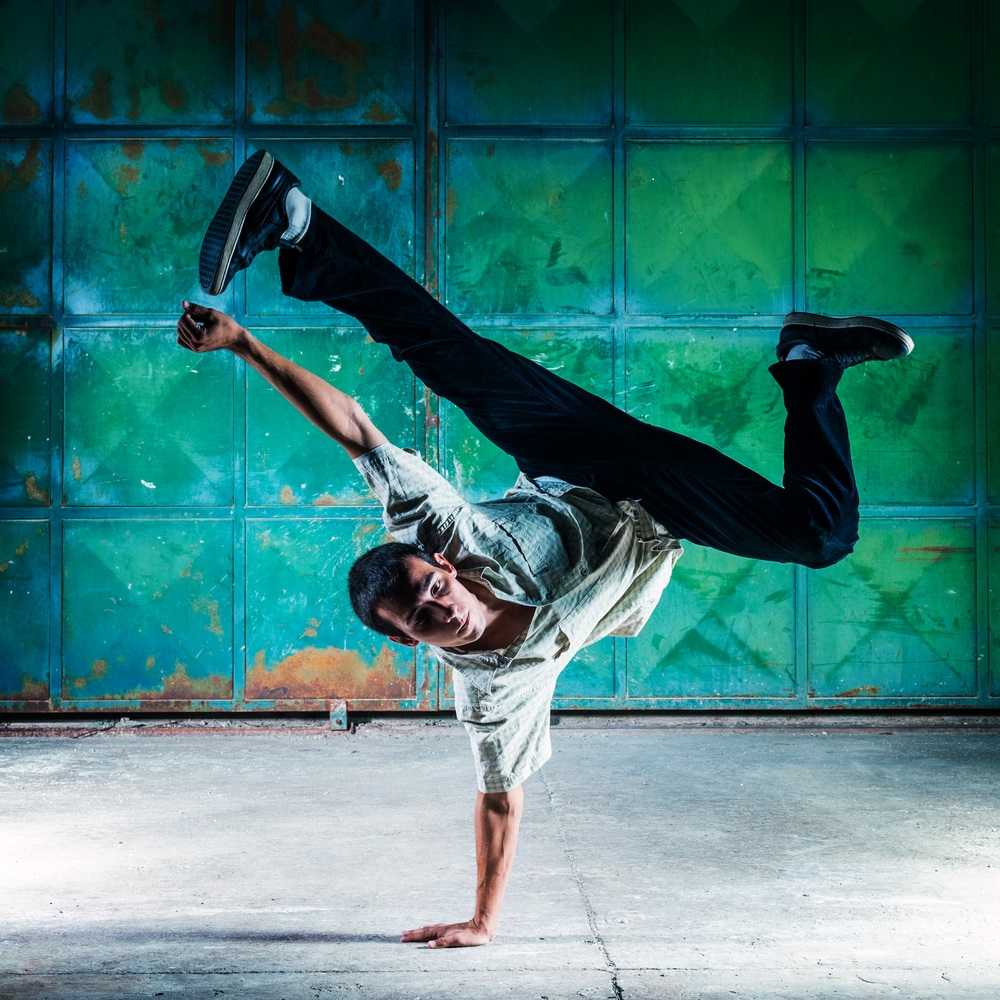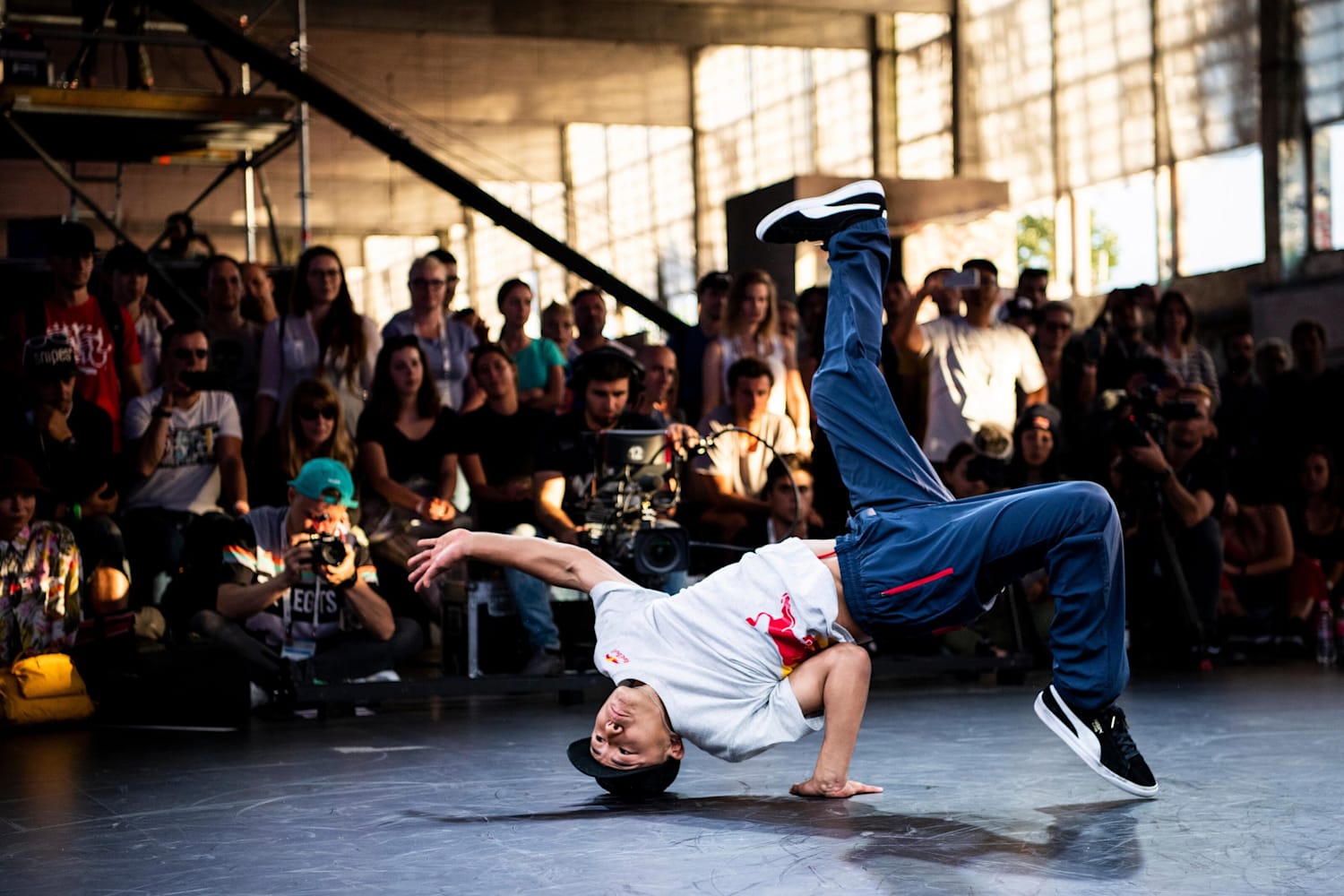History and Evolution of Breakdancing: Break Dancing

Breakdancing, a vibrant and energetic dance form, has its roots in the streets of the Bronx, New York City, during the 1970s. It emerged as a fusion of various dance styles, including funk, jazz, and martial arts, reflecting the cultural and social climate of the time. Breakdancing quickly gained popularity, spreading beyond the Bronx and becoming a global phenomenon.
Early Origins and Influences
Breakdancing emerged as a response to the socio-economic conditions of the Bronx in the 1970s. The community faced high unemployment rates, racial tensions, and limited opportunities for young people. In this context, breakdancing provided an outlet for self-expression, creativity, and a sense of belonging. The dance style drew inspiration from various sources, including:
- Funk and Soul Music: The rhythmic and percussive nature of funk and soul music provided the foundation for breakdancing’s dynamic movements and footwork.
- Martial Arts: Breakdancing incorporates elements of martial arts, particularly capoeira, which influenced the use of acrobatics, spins, and power moves.
- Jazz Dance: Breakdancing’s improvisational and expressive qualities are rooted in jazz dance, allowing dancers to showcase their individuality and creativity.
Evolution of Breakdancing Styles
Breakdancing has evolved over the years, giving rise to distinct styles, each with its own unique characteristics:
- Toprock: The foundation of breakdancing, toprock involves intricate footwork and rhythmic movements performed on the top of the body.
- Downrock: This style features a variety of ground-based moves, including freezes, power moves, and footwork patterns. Downrock is characterized by its complex footwork and intricate body movements.
- Power Moves: These are the most visually striking elements of breakdancing, involving acrobatic maneuvers such as headspins, windmills, and flares. Power moves require strength, flexibility, and precision.
- Footwork: Footwork is a crucial element of breakdancing, involving intricate foot patterns and rhythms. It allows dancers to express their creativity and individuality.
Key Figures and Events
Breakdancing has been shaped by the contributions of influential figures and events that have played a significant role in its development and popularity:
- The Rock Steady Crew: One of the earliest and most influential breakdancing crews, the Rock Steady Crew helped popularize the dance style and established a foundation for future generations of breakdancers.
- The Furious Five: A legendary hip-hop group that helped bring breakdancing to the forefront of popular culture, The Furious Five’s music and performances inspired countless dancers.
- The 1983 Movie “Beat Street”: This film brought breakdancing to a wider audience, showcasing the dance style’s energy, creativity, and cultural significance.
- The “Battle of the Year” Competition: This annual international breakdancing competition has become a prestigious event, fostering a competitive spirit and showcasing the highest levels of skill and artistry.
Techniques and Styles of Breakdancing
Breakdancing, also known as b-boying or breakin’, is a highly energetic and visually captivating street dance form that involves a wide range of complex movements and techniques. This dance style encompasses various fundamental techniques and diverse styles, each with its unique characteristics and iconic moves.
Fundamental Techniques of Breakdancing
The foundation of breakdancing rests on several fundamental techniques, which are essential for executing the more advanced moves.
- Top Rock: Top rock refers to the rhythmic footwork and body movements performed while standing. It is the introductory part of a breakdancing routine and sets the stage for the more dynamic moves to follow. It often involves intricate footwork patterns, arm movements, and body isolations, all synchronized to the music. Popular top rock moves include the “six step,” “walk-up,” and “cross step.”
- Down Rock: Down rock is the foundation of breakdancing, where dancers transition from standing to the floor, often utilizing a series of footwork patterns, spins, and transitions. Down rock moves are characterized by their fluidity and control, showcasing the dancer’s ability to navigate the floor with grace and precision. Common down rock moves include “windmills,” “track stands,” “chair spins,” and “baby freezes.”
- Power Moves: Power moves are the most visually impressive and demanding aspect of breakdancing. These moves require strength, agility, and a high level of coordination, as dancers utilize their entire body to perform acrobatic feats and rotations. Popular power moves include “headspins,” “windmills,” “flares,” “airtracks,” and “backspins.”
- Freezes: Freezes are static poses that breakdancers hold for a brief period to punctuate their routines and showcase their balance and control. Freezes are often visually striking and dramatic, leaving a lasting impression on the audience. Common freezes include the “chair freeze,” “handstand freeze,” “elbow freeze,” and “turtle freeze.”
Styles of Breakdancing, Break dancing
Breakdancing encompasses a variety of styles, each with its distinct characteristics and signature moves.
- B-boying: B-boying, often considered the original style of breakdancing, is characterized by its dynamic and acrobatic movements. B-boys (male breakdancers) are known for their power moves, such as headspins, flares, and backspins, as well as their intricate footwork patterns. B-boying is a physically demanding style that requires a high level of strength, agility, and coordination.
- B-girling: B-girling is a style of breakdancing that has gained increasing popularity in recent years. B-girls (female breakdancers) often incorporate elements of flexibility, grace, and fluidity into their routines. B-girling styles can vary widely, ranging from power moves and intricate footwork to more lyrical and expressive movements.
- Popping and Locking: Popping and locking is a style of funk dance that emerged in the 1970s. It involves a series of sharp, popping movements, as well as sudden locking poses, creating a rhythmic and visually striking style. Popping and locking is known for its emphasis on body isolations and intricate hand gestures.
Styles of Breakdancing, Break dancing
The diverse styles of breakdancing can be summarized in the following table:
| Style | Defining Characteristics | Notable Dancers |
|---|---|---|
| B-boying | Power moves, intricate footwork, dynamic and acrobatic movements. | Ken Swift, Crazy Legs, The Rock Steady Crew |
| B-girling | Flexibility, grace, fluidity, power moves, intricate footwork, and expressive movements. | Asia One, Sista Souljah, Rochelle “The Rock” |
| Popping and Locking | Sharp, popping movements, sudden locking poses, body isolations, and intricate hand gestures. | Boogaloo Sam, Popin’ Pete, The Electric Boogaloos |
Breakdancing Culture and Community

Breakdancing is not merely a dance form; it is a cultural phenomenon deeply rooted in urban life, particularly within the vibrant tapestry of hip-hop. Its origins trace back to the streets of the Bronx, New York, where it emerged as a form of self-expression and a means of community building among marginalized youth.
Breakdancing’s Role in Hip-Hop Culture
Breakdancing is one of the foundational pillars of hip-hop culture, alongside rapping, DJing, and graffiti art. It played a crucial role in shaping the identity and aesthetics of this cultural movement. In the early days of hip-hop, breakdancing provided a visual spectacle that complemented the rhythmic sounds of rap music and the artistic expressions of graffiti. It served as a platform for showcasing creativity, athleticism, and individuality, empowering youth to express themselves in a world often characterized by social and economic inequalities.
The Global Breakdancing Community
Breakdancing has transcended geographical boundaries, evolving into a global phenomenon with a vast and interconnected community. Breakdancers from diverse backgrounds and cultures have come together to share their passion for this art form. This global network is strengthened through various events, workshops, and competitions held worldwide.
International Breakdancing Events
The breakdancing community thrives on the energy and camaraderie of competitions. Notable events include:
- Battle of the Year (BOTY): Held annually in Germany, BOTY is one of the most prestigious breakdancing competitions, drawing participants from around the world. It has played a significant role in elevating the status of breakdancing and showcasing the talents of the best crews.
- Red Bull BC One: A global competition that pits individual breakdancers against each other in a one-on-one format. It has been instrumental in fostering individual talent and raising the bar for technical skill and creativity in breakdancing.
- R16: This competition, held in various locations worldwide, focuses on the competitive aspects of breakdancing, featuring battles and crews from different countries.
Breakdancing’s Influence on Music, Fashion, and Art
Breakdancing’s influence extends beyond its core elements, permeating various aspects of popular culture. Its rhythmic movements and dynamic energy have inspired musical genres like electronic dance music (EDM) and hip-hop. The fashion associated with breakdancing, often characterized by loose-fitting clothing, sneakers, and bold colors, has become a significant part of street style and urban fashion. Breakdancing has also found its way into visual arts, with artists incorporating breakdancing poses and movements into their works.
Influential Breakdancing Crews
Breakdancing has seen the emergence of numerous influential crews that have shaped the evolution of the art form and contributed to its cultural significance.
Notable Breakdancing Crews
- The Rock Steady Crew (New York City): Founded in 1977, the Rock Steady Crew is considered one of the most influential breakdancing crews of all time. They are credited with popularizing breakdancing in the United States and establishing its foundation as a cultural force.
- The Furious Five (New York City): Known for their innovative and acrobatic moves, the Furious Five played a crucial role in developing breakdancing’s technical aspects and expanding its repertoire of moves.
- The Floorlords (California): This crew gained prominence in the 1980s for their intricate footwork and powerful power moves, contributing significantly to the evolution of breakdancing techniques.
- The Gamblers (Japan): A Japanese crew that has gained international recognition for their unique blend of traditional Japanese dance elements with breakdancing, showcasing the global reach and adaptability of this art form.
Break dancing – Breakdancing, a dance form where you spin, pop, and lock, requires a lot of energy, and what better way to fuel up than with a delicious donut? But maybe not from Dunkin’ Donuts, especially after the recent Dunkin’ Donuts boycott rumble ! So, if you’re looking for a donut that won’t make you feel guilty, you might want to look elsewhere.
But hey, at least breakdancing can burn off those extra calories, right?
Breakdancing is all about control and improvisation, just like navigating the unpredictable forces of nature. You never know when a crazy spin or a powerful freeze will come your way, much like a sudden Japan earthquake tsunami warning. But just like a skilled breakdancer, being prepared and adaptable can help you weather any storm, whether it’s a challenging move or a natural disaster.

